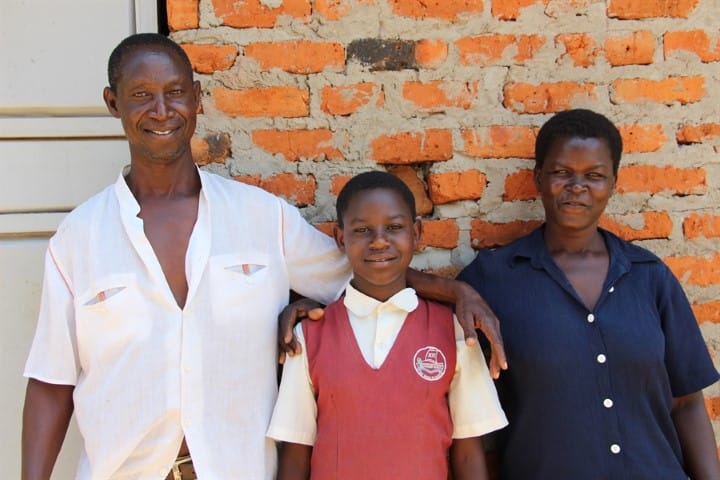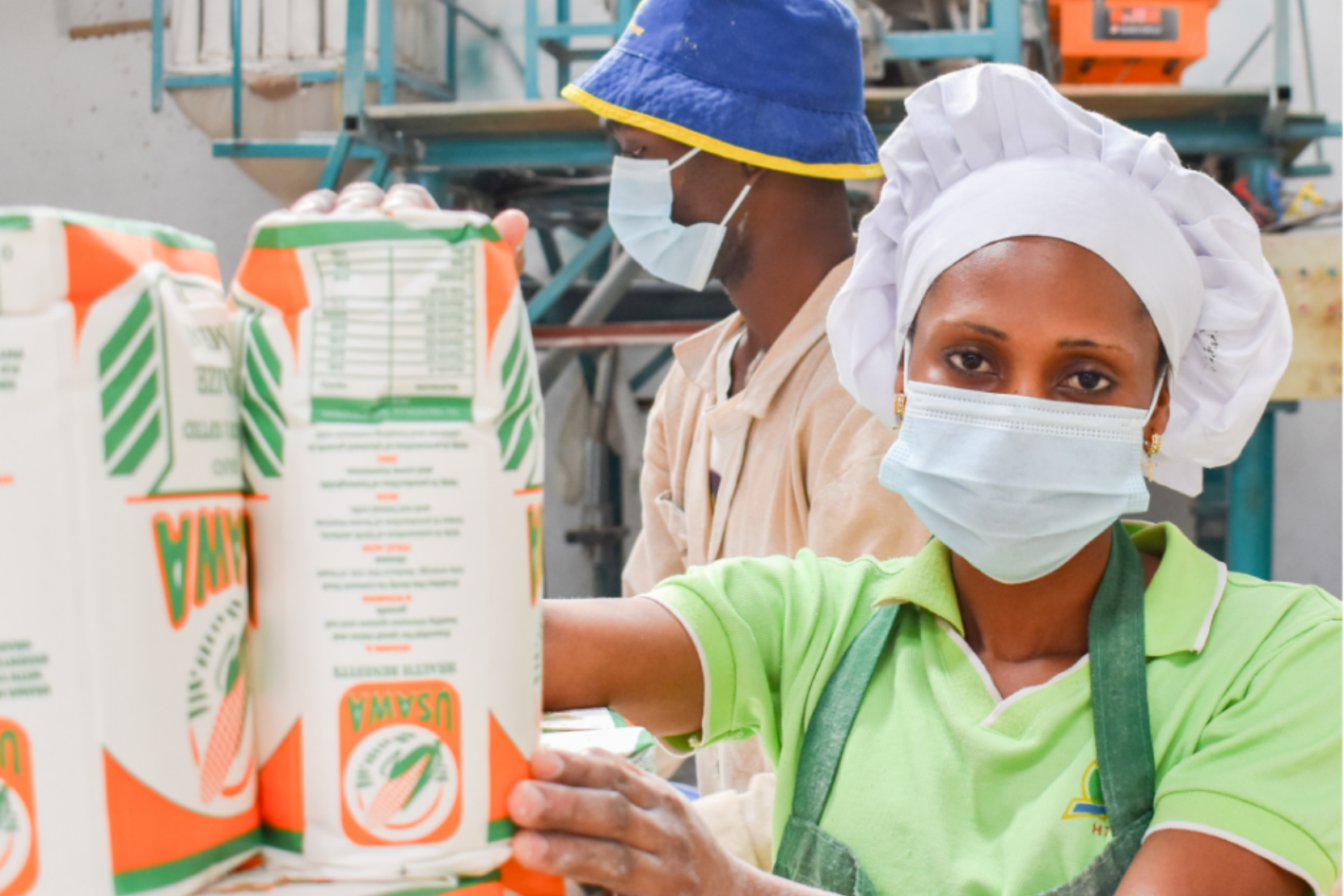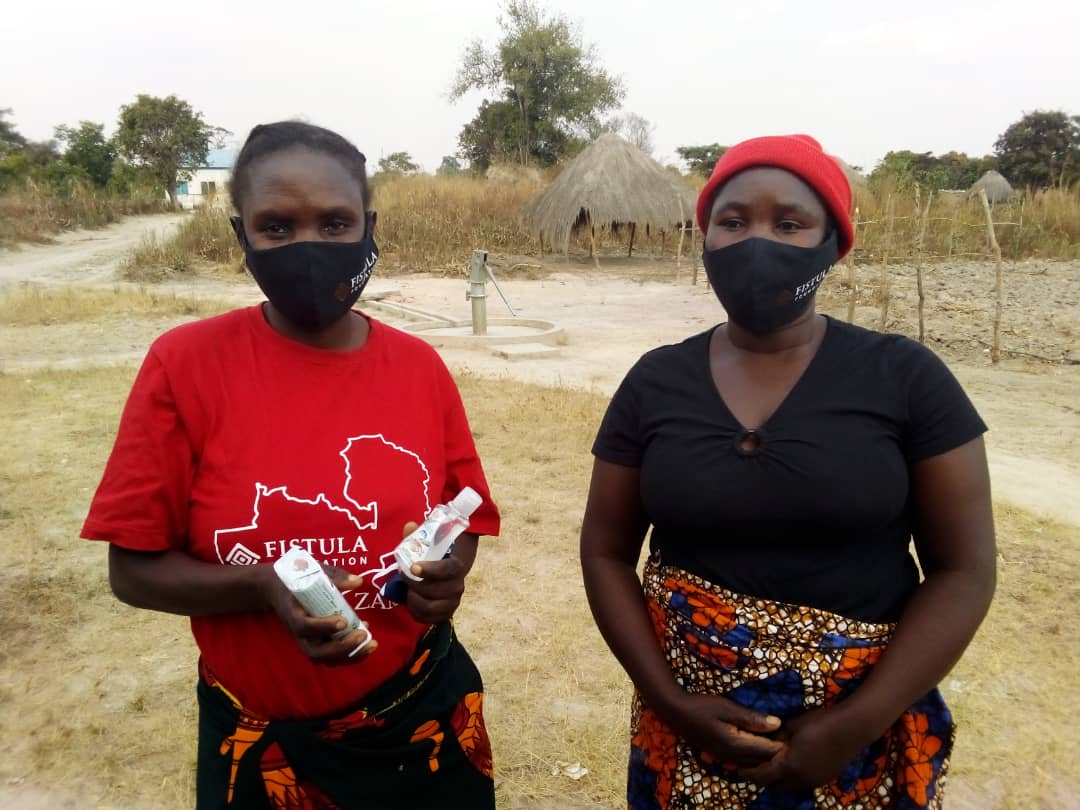A world of 7.5 billion people yields some eye-popping statistics. During the 15 seconds it takes to read this paragraph, for example, 70 people will be born, 27 will die, and 17 will escape extreme poverty.
The first two figures may not be surprising, but the third likely is. Extreme poverty is now declining faster than at any point in human history. The share of the global population living on less than the equivalent of US $1.90/day fell from 44 percent in 1980 to less than 10 percent in 2015.
That’s an encouraging trend, although it is not proceeding at equal rates throughout the world. It has been fastest in Asia, especially China, India, and Indonesia, and slowest in sub-Saharan Africa. Globally, 66 people escape poverty every minute, but in Africa the escape rate is negative—meaning that more people are falling into poverty than leaving it.
Florence (at right in the photo above), a mother of six in the village of Okwangai, in eastern Uganda, is one of the lucky ones. In 2013, struggling to cover the costs of her children’s education, she enrolled in a one-year entrepreneurship training and aid program offered by Village Enterprise, one of The Life You Can Save’s recommended charities. Today, according to a Village Enterprise profile, she manages a successful business, has a permanent home, and has sent all of her children to school. She serves as chair of her 45-member business savings group, which saved nearly $7,000 in 2016.
Village Enterprise helps people like Florence escape extreme poverty through the “graduation” model, which provides a small up-front infusion of cash to address immediate needs followed by training to build long-term skills and business capabilities. The training and other forms of support end after a set period, typically a year or two, after which recipients must rely on their new skills to turn their lives around. Most do.
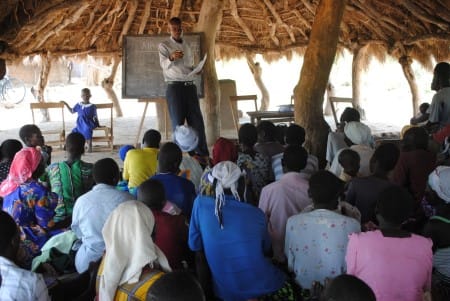
Village Enterprise requires its participants to work in three-person business groups, which promotes community and accountability. The business groups are further organized into savings groups of 10 businesses each (30 individual entrepreneurs) to facilitate access to growth capital. To date, Village Enterprise has started more than 35,000 businesses (at a cost of $500 per three-person business) and trained over 145,000 East Africans. The $500 total cost per business includes $150 in startup capital, a year of business training and mentoring, monitoring and evaluation, field expenses, and operating costs.
The graduation approach has a 15-year history and plenty of evidence to demonstrate its effectiveness. Pioneered in 2002 by BRAC, the world’s largest non-governmental development organization, it is designed to help those at the very bottom of the economic ladder who may not be reached by conventional assistance such as microfinance, which involves loans that must be paid back over time. Instead of lifting these people out of extreme poverty, it gives them the tools to climb out themselves.
BRAC’s graduation program, conducted in Bangladesh, achieved impressive results. At the program’s inception in 2002, only 8 percent of participating women had any cash savings. By 2008, nearly all (98 percent) did—compared with only 34 percent in the control group. Similarly, the number of participating households reporting chronic food insecurity fell by 47 percent over the first 3 years, compared with 11 per cent in the control group.
Based on BRAC’s success, a group of researchers from the World Bank and the Ford Foundation tested the graduation model in eight other countries to see how it would perform under different geographic, cultural, and political settings. Innovations for Poverty Action (IPA), another charity recommended by The Life You Can Save, conducted randomized controlled trials in six of the countries to evaluate the program’s effectiveness. The results were striking, even a year after the interventions had ended. A study last year measured large positive effects in participants 7 years after completing a program in West Bengal, India. IPA recently released two short documentary films on graduation programs to raise awareness of the approach and its potential.
Graduation programs are more expensive than simpler interventions such as the direct cash transfer model used by GiveDirectly (another The Life You Can Save-recommended charity), and a recent study by IPA comparing livelihood programs, graduation programs, and direct cash transfers found that direct cash transfers had the highest benefit-cost ratio. But data on the long-term outcomes of both graduation programs and direct cash transfers to people in extreme poverty are still too limited to allow firm conclusions about their relative effectiveness.
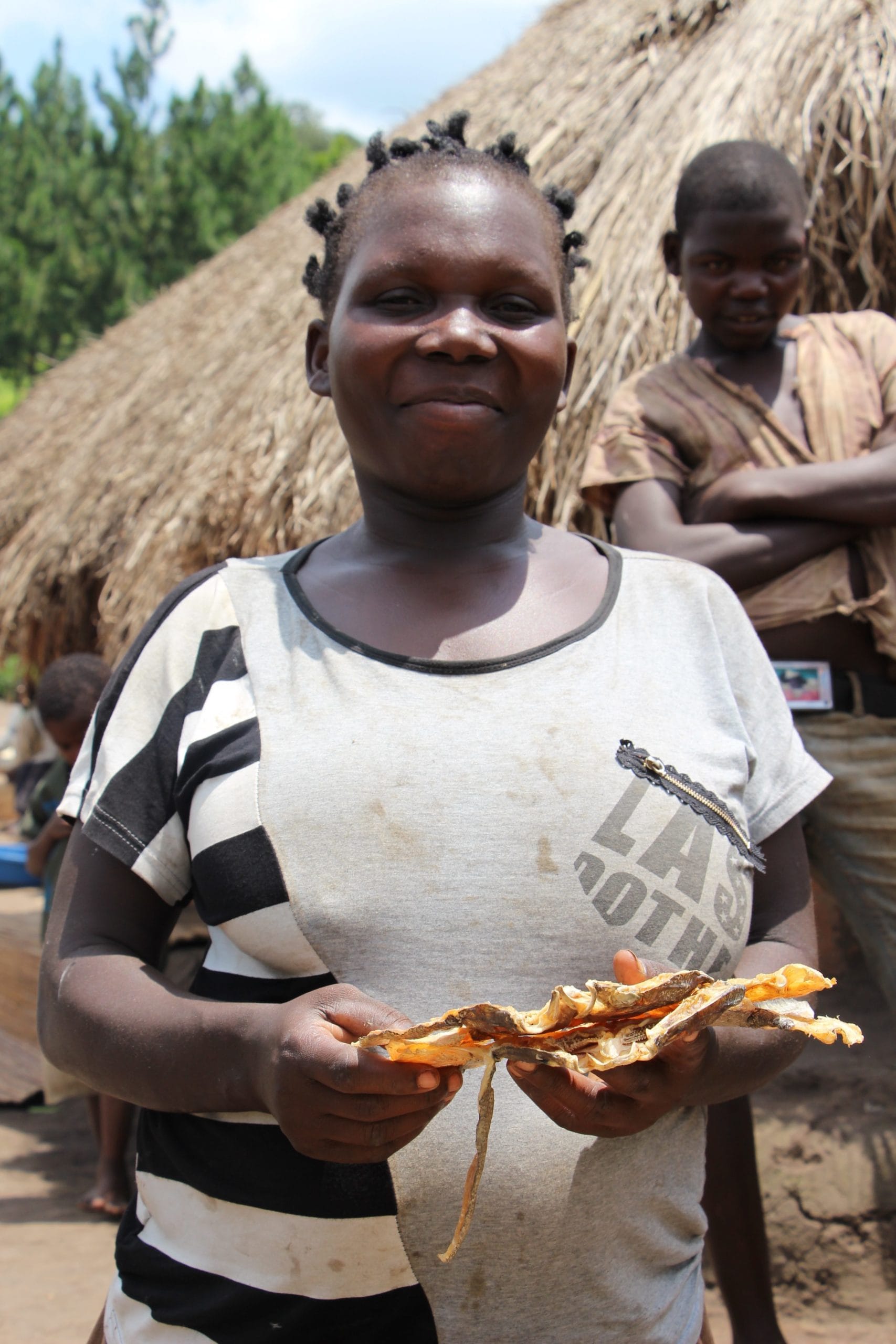
The most costly component of graduation programs is coaching and training. But it may also be the most valuable. When Village Enterprise Communications Fellow Hannah McCandless asked Sabita, a business owner in western Uganda, what she had found most helpful about the program, Sabita pointed to the trainings she had received. “Money gets finished,” she said. “Knowledge does not. When you get the skills and training, it never ends, you can use it for other things.”
Tony Sheldon, executive director of Yale University’s Program on Social Enterprise, concurs. In an interview earlier this year, he suggested that the key to escaping the poverty trap may lie in giving people the skills to develop sustainable livelihoods. He also emphasized a less tangible benefit of graduation programs: hope. Participants come to believe that their children’s lives can be better than their own or those of their parents, he said. “That empowerment and sense of opportunity is probably the most astounding outcome for those of us who’ve been working on this approach.”
Over 650 million people still live in extreme poverty today—more than the combined populations of the United States, Japan, Mexico, and the United Kingdom—and more than half of those people are in sub-Saharan Africa, where political, economic, and environmental factors can make escaping extreme poverty a daunting challenge. Based on the results so far, graduation programs may be one of the most promising ways to help those people climb toward hope.
For more details on Village Enterprise’s approach and how graduation programs can be integrated with other development efforts, see this recent article in the U.S. Agency for International Development’s Microlinks blog. To learn about other charities recommended by The Life You Can Save that use entrepreneurial approaches and training to help people rise out of extreme poverty, see One Acre Fund and Living Goods.
